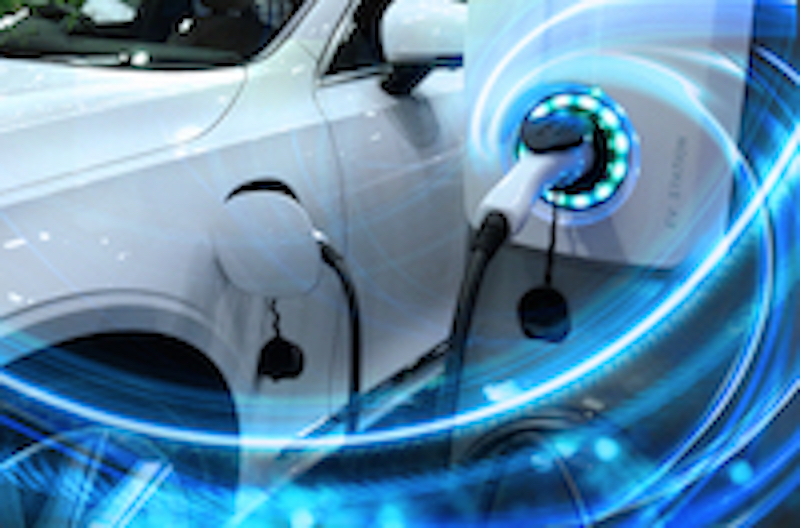The article below recognizing the growing interest in electric vehicles (EV), by Robert “Bob” Johnston, president and chief executive officer of Hawaii Pacific Solar, was featured in the April 2021 issue of Building Management Hawaii
What will come first – more electric vehicles (EVs) on the road or more EV charging stations? It’s a classic chicken and egg situation.
As press accounts trumpet, many companies are now investing heavily in retooling their plants for the development of EVs. Some, such as Volvo and General Motors (GM), have committed to exclusively producing EVs. Volkswagen has said it will produce up to 20 million EVs by 2026 and is investing $35 billion in EV manufacturing facilities. Others are working toward making EVs more affordable and appealing to the mass market.
The Biden administration has directed that all Federal vehicle fleets begin converting to EVs. The State of Hawaii has mandated as a matter of public policy to be 100 percent net zero carbon emissions by 2045, generating an interest in fossil-fuel-free vehicles.
The momentum is clear and as EVs become more ubiquitous, it will require a massive investment in infrastructure. Currently there are only about 26,000 public charging stations in the U.S. and much of EV charging is done at home. But some EV owners, such as those in condominiums and apartments, do not have easy access to chargers. They rely on workplace or public charging stations. To successfully integrate EVs into our culture, we need readily available public charging stations.
As part of Volkswagen’s settlement with the U.S .government on their emissions scandal, the company committed $2 billion to its Electrify America program to install EV charging stations and provide EV education. GM has committed to installing 500,000 charging stations as part of its program to introduce EVs to the marketplace.
Following the Biden’s administrations lead, entities with large vehicle fleets like state and local governments and many private companies, can easily install charging stations at their base yard facilities. That’s a good start, but for the general public to embrace EVs we need charging stations to be as available as gas stations are today.
Hawaii has taken a step forward by providing incentives for adding or upgrading charging stations at commercial facilities and multi-unit dwellings. Volta provides free charging through sponsor-subsidized stations in commercial locations. But major investment in EV charging will still be required.
That will be just one of the challenges in coming years in Hawaii and the rest of the country as we respond to the impacts of climate change.

